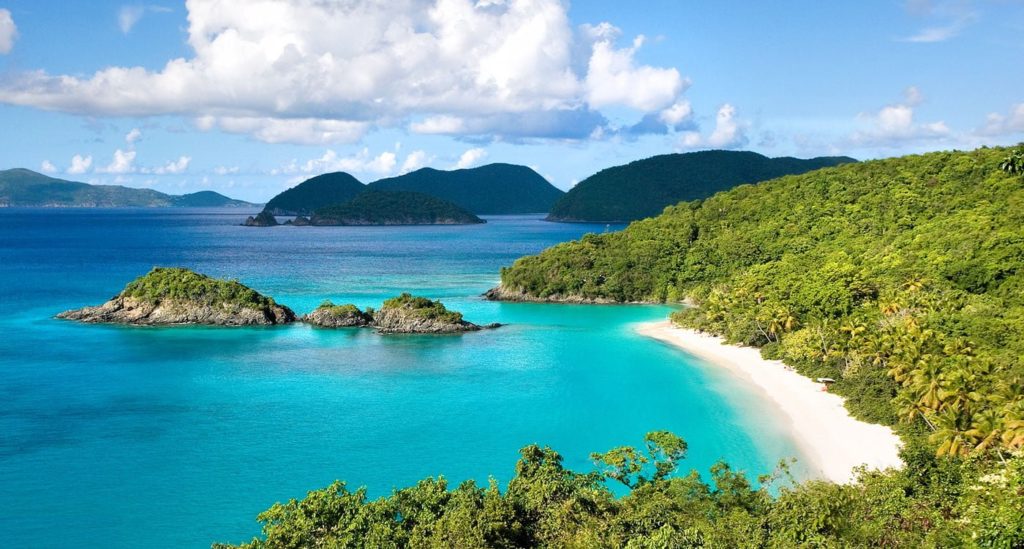
Vietnam has an area and configuration similar to Norway. It extends about 1,025 miles (1,650 km) from north to south and is about 30 miles (50 km) wide east to west at its narrowest part. It borders with China to the north, the South China Sea to the east and south, the Gulf of Thailand (Gulf of Siam) to the southwest, with Cambodia and Laos in the west.
Its climate, being located in the tropics and strongly influenced by the South China Sea has a monsoon-influenced tropical climate typical of that of mainland Southeast Asia. In the north area, the climate is monsoonal with four distinct seasons (spring, summer, autumn, and winter) while in the south (areas south of the Hai Van Pass), the climate is tropical monsoon with two seasons- rainy and dry. The temperate climate also exists in mountainous areas, which are found in Sa Pa, Da Lat while has a more continental climate that exists in Lai Chau Province and Son La Province. The diverse topography, a wide range of latitudes (Vietnam spans over 15 degrees latitude), and influences from the South China Sea lead to climatic conditions varying significantly between regions. 20% of Vietnam’s total surface area is low elevation coastal area making the country highly vulnerable to climate change effects and the rising sea levels in particular.
What Vietnam is known for?
It is known for its beaches, rivers, Buddhist pagodas, bustling cities and delicious food. The country’s capital, Hanoi pays homage to the nation’s iconic communist-era leader, Ho Chi Minh, via a huge marble mausoleum. Ho Chi Minh City (formerly Saigon) has French colonial landmarks, plus Vietnamese War history museums and the Cu Chi tunnels, used by Viet Cong soldiers.
For tourists who enjoy beach waves, getting a sun-kissed complexion and snorkeling, Vietnam is the place that can give you the utmost beach vacation experience. With more than 2,000 miles of coastline and a handful of renowned island destinations, Vietnam brims with secluded coves, white sands, and waters fit for snorkeling.
Before booking your flight and hotel accommodations let’s get to know more of Vietnam’s notable beach destinations:
Con Dao
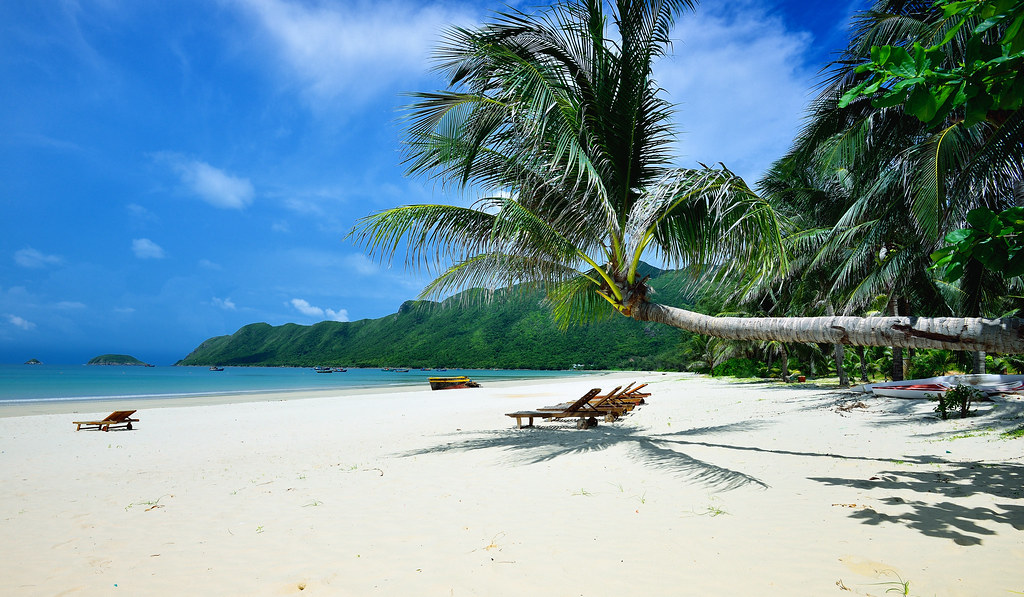
This is an archipelago if 16 islands on the southern coast of Vietnam and is also known as Paulo Condore.
They are known for their sandy beaches, coral reefs, and marine life. It is a secluded paradise in the southern part of Vietnam where you will find white sand beaches, vibrant jungles, unique wildlife and one of the best scuba diving spots in the region.
Con Dao is a mountainous island, ringed with pleasant beaches of Lo Voi and An Hai that are near the town of Con Son, with a population of approximately 5,000 residents. Since it is separated from the mainland with little transportation on the island, it is not overcrowded with tourists. One of the popular things to do at the beach aside from soaking in the Asian sun is watching the green sea turtles at the nearby sanctuary after enjoying the place’s clear blue water with your favorite water sport.
Ha Long Bay
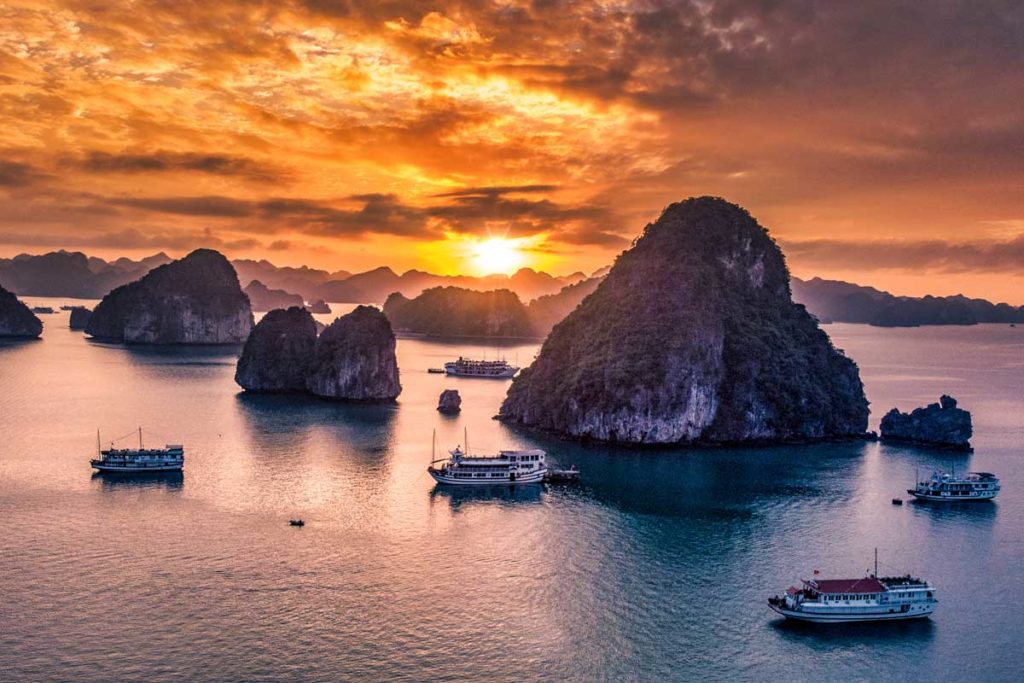
This is one of UNESCO’s Heritage Site that is located in Hanoi. Ha Long Bay is famous for its spotless oceanic beauty, an archipelago that consists of approximately 1,900 islands where the majority of which are still inhabited. It is primarily known for its world-famous limestone outcroppings, it boasts a number of its beaches, where the most noticeable is the artificial sandy beach, Bai Chay with a length of more than 500 meters and 500 meters wide.
Its popularity among the local and foreign tourists has made traveling to Ha Long Bay convenient from any parts of the country. If you opt for a full experience of Ha Long Bay, you may book a boat tour that will take you to Ti Top Island which is situated in at the center of the bay with its own beach. Overnight accommodation will give you a chance to visit the less-trodden, white sand-laden Ban Chan beach.
Phu Quoc
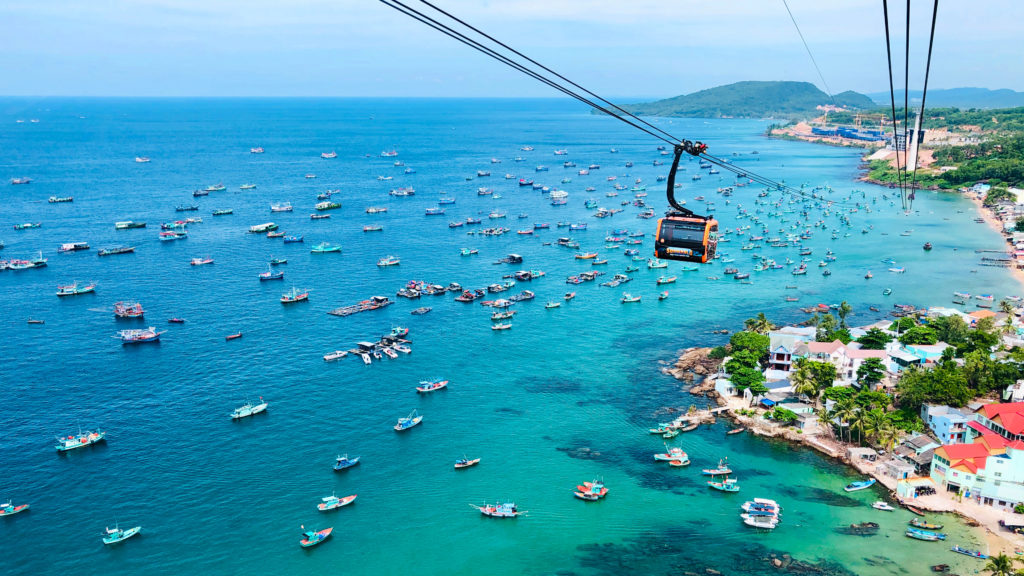
Nested in the Gulf of Thailand which is a stone throw away from Cambodia, and the largest, westernmost island of Vietnam. The island of Phu Quoc is popular for its scenic beach scene. It earned its reputation for its calm swimming water which has a 19 kilometer stretch of sand. This is the ideal tropical beach experience, with lounge chairs, beachfront cafes, and restaurants that serve fresh seafood with friendly and warm locals to greet you which offers beach massages and fruits for a fee. Long Beach resembles a lagoon that is a perfect ambiance for casual swims and relaxation.
If you are after affordable accommodations and a social, tourist-heavy atmosphere, you may head to North Long Beach which can be accessed from the majority of the island’s hotels.
Da Nang
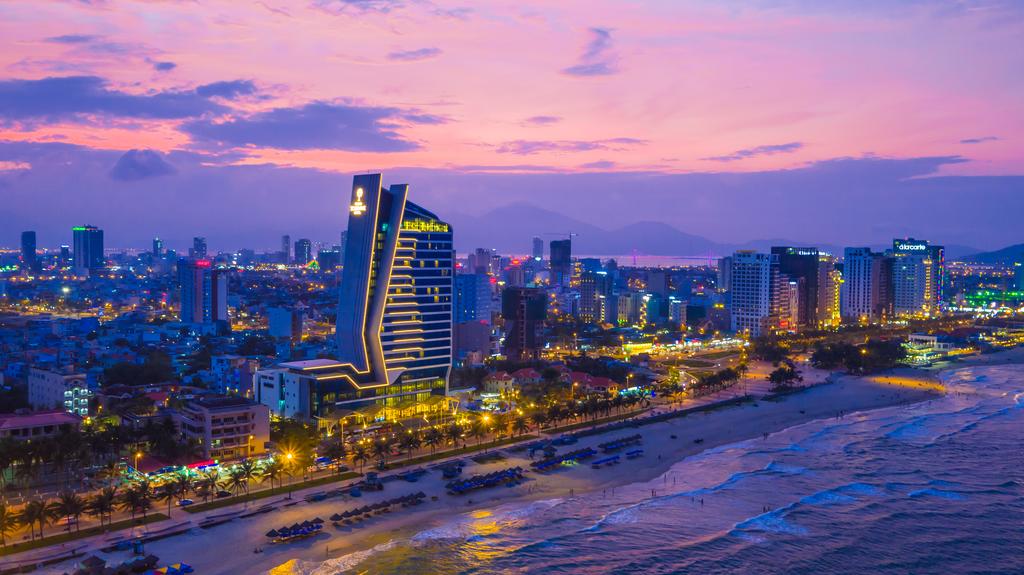
A central fighting area during the infamous Vietnam War and a one-time French colonial port on the central coast. This is Vietnam’s largest city and is also home to the country’s best beaches with more secluded spots for those who are keen on adventure.
In today’s time, it is famous for its mammoth stretch of white sandy beach which extends from Monkey Mountain to Hoi An with the popular Marble Mountain smack in the middle of it all. With its pristine coral reef, palm-fringed shoreline, top-notch beach resorts, Da Nang Beach is one of the most well-liked beaches in the entire globe. Da Nang is accessible by either train, bus, plane or motorbike.
Nha Trang
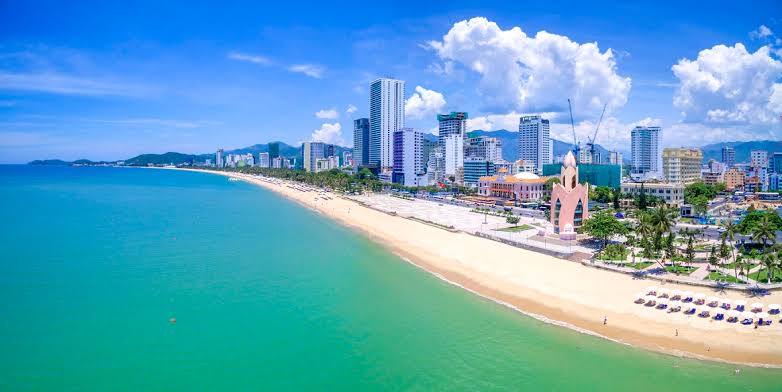
This south-central city has long boasted some of the world’s most beautiful beaches, though tourism and development have made quite a dent in its landscape in recent years. Nha Trang is famous for its immaculate beach that has gardens and parks along with its coastal areas, so you can alternately enjoy beach walks and midday excursions to experience some of the local’s flora and fauna. Nha Trang is close to Phu Dong water park where you can take a hot air balloon ride over the coastline to see a better view of its crystal-clear water.
Doc Let
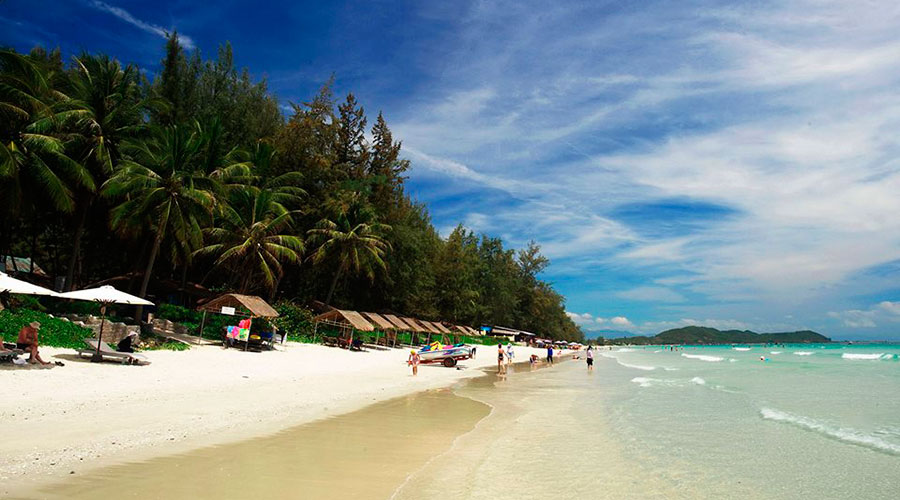
Turquoise-colored water, white sands, and vibrant fishing boats docked around are some of the key characteristics of Doc Let Beach, located approximately 28 miles and an hour trip from Nha Trang, in Hon Koi Peninsula. The north section of this scenic by is frequently visited by tourists and homes of the majority of beach resorts and hotels. It caters to all types of visitors which offer both budget and luxury accommodations with an optional dining experience.
Its central part has sections of pristine shores, but you have to cautious because this is where Hyundai’s shipyard is located and a busy port area. While its southern location is known as a Jungle Beach, this has been a long time favorite backpackers’ area because of the fishing villages surrounding the area.
Ho Coc
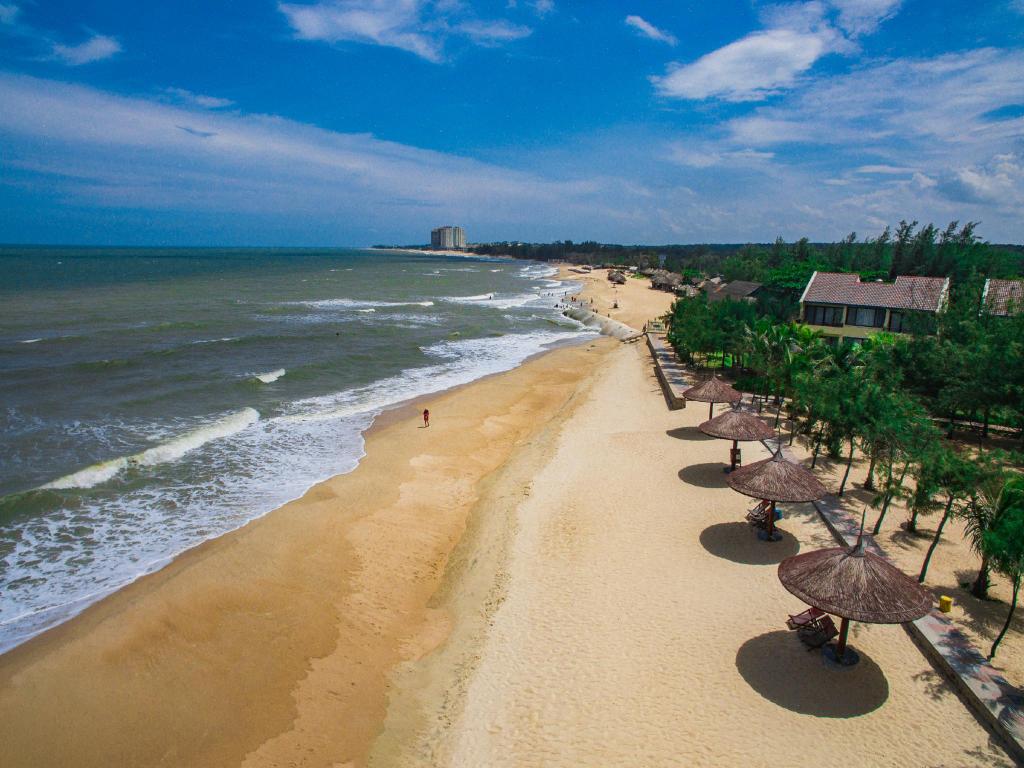
This is a small beach town located north of the Ho Tram hamlet in the Ba Ria Vung Tau province and is also around 78 miles from Ho Chi Minh City. It has a 3-mile stretch of fine, golden sands and clear water. The coastline is dotted with large boulders and coracles with sand dunes in the background. It is situated in a curved bay and set against the backdrop of forests and sand dunes.
The area gets really busy during the weekend with locals and western crowd relaxing and enjoying the heat of the sun but remains pretty deserted and calm during weekdays.
Mui Ne
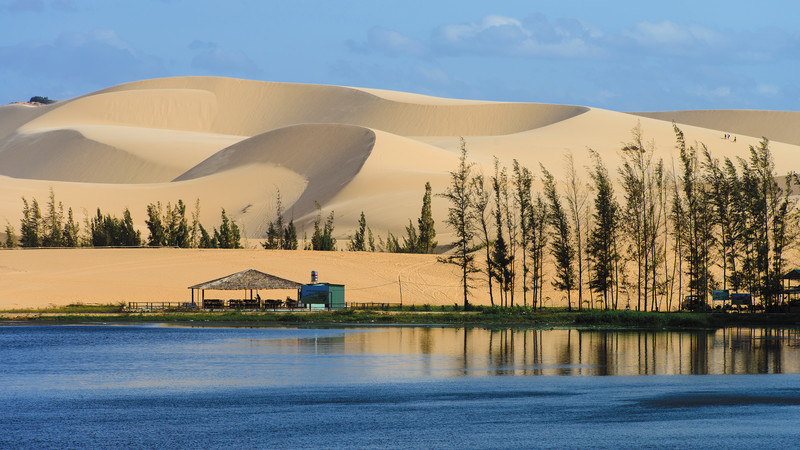
This is one of the most activity-filled beaches in Vietnam. It is 3.5 hours away from Ho Chi Minh and a hop-skip from Saigon. It is famous for recreational sports like kitesurfing, as its most popular activity in Mui Ne Beach.
Mui Ne is differentiated by a majestic, nearby expanse of desert known as the White Sand Dunes and Red Sand Dunes, which are popular areas for sand surfing and hot air balloon rides. Due to Mui Ne’s popularity among local and international tourists, is the resort capital of the country where you will spot high-end resorts and beachside bungalows that are available to complement the kind of vacation you will find most enjoyable. The best beach portion of Mui Ne is a quick 15-minute trip away in Ham Tien ward, a home to the surreal Suoi Tien or “Fairy Stream”, which is famous for its sand embankments and waterfalls.
Ly Son
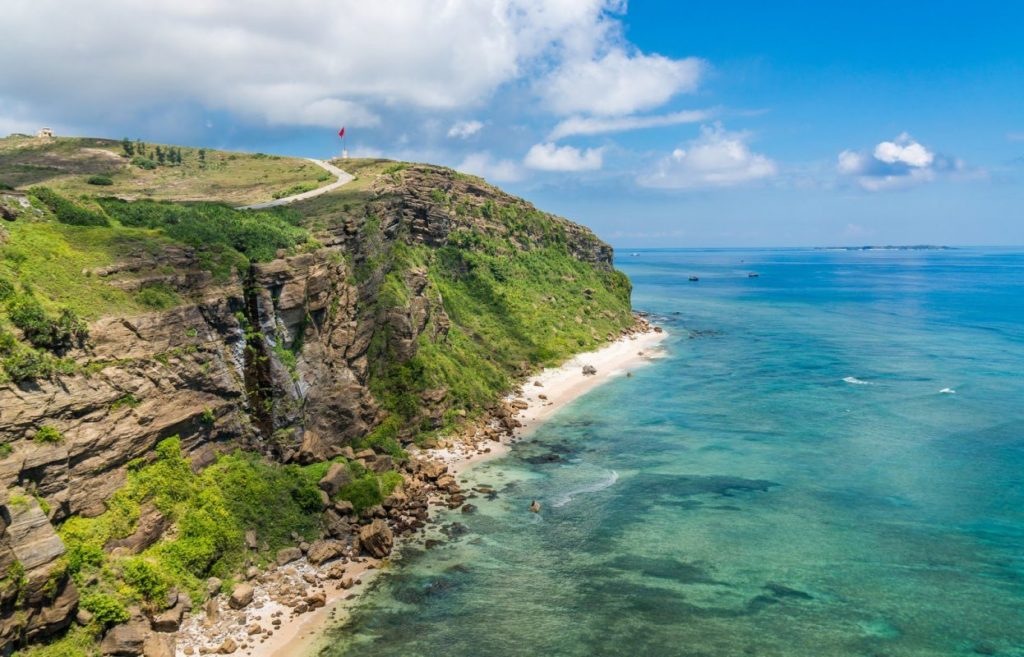
With its remote location in Vietnam making it less famous among others, it is a cluster of craters that is not yet famous among tourists. Though there were only several palm trees and beaches on its two main islands, known as Dao Lon and Dao Be. You may find its geological formations, temples, shrines, and world-famous garlic and seafood fascinating. Garlic farms surround Much of Dao Lon, which can be smelled from a mile away.
Hoi An
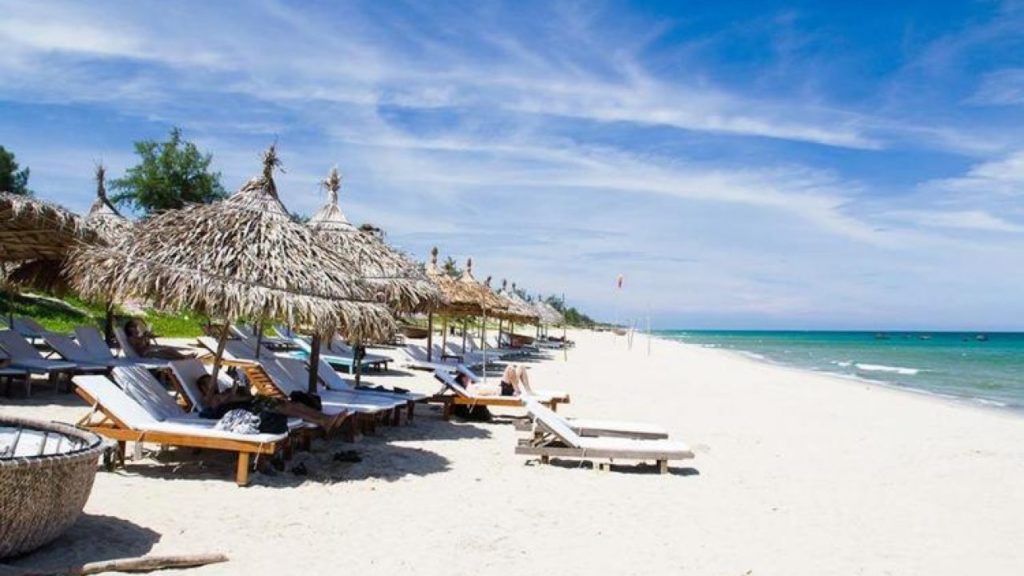
Hoi An is a tourist-loved city of Central Vietnam during the 15th Century, where its well-preserved architecture speaks to its history as a trading port influenced by the French, Chinese and Japanese people. You may also find nearby ancient ruins of the Islamic Champa kingdom that once occupied the region.
The former port of city’s melting-pot history reflects its architecture with a mix of eras and styles from wooden Chinese shophouses and temples up to the colorful French colonial buildings, ornate Vietnamese tube houses and the iconic Japanese covered bridge with its pagoda.
After visiting its ancient town which is a UNESCO World Heritage Site, carve out some time to hit the nearby beach of Cua Dai, where three major rivers converge upon reaching the sea. Its calm and crystal blue water have traditionally attracting escapists, but with its recent developments, it has attracted a bigger market and wider dining and drinking options.

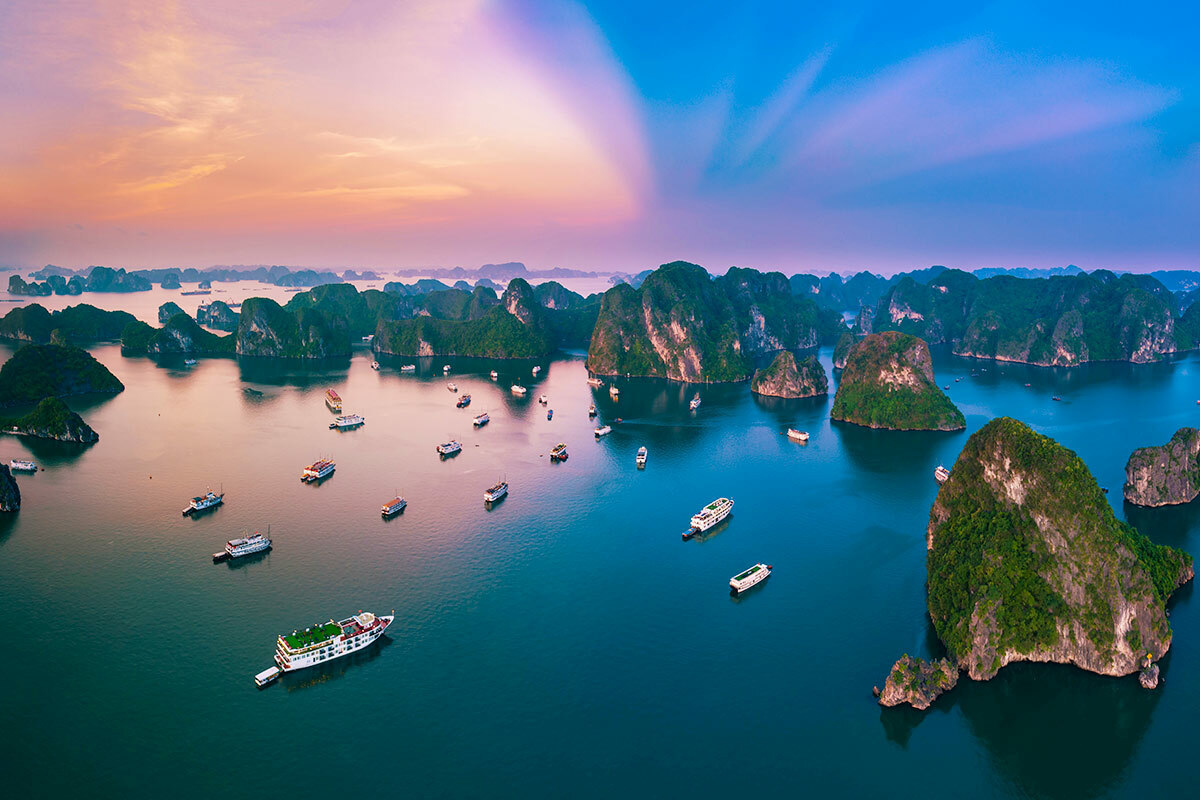
I haven¦t checked in here for some time since I thought it was getting boring, but the last several posts are great quality so I guess I will add you back to my daily bloglist. You deserve it my friend 🙂
The point of view of your article has taught me a lot, and I already know how to improve the paper on gate.oi, thank you.
Your article helped me a lot, is there any more related content? Thanks!